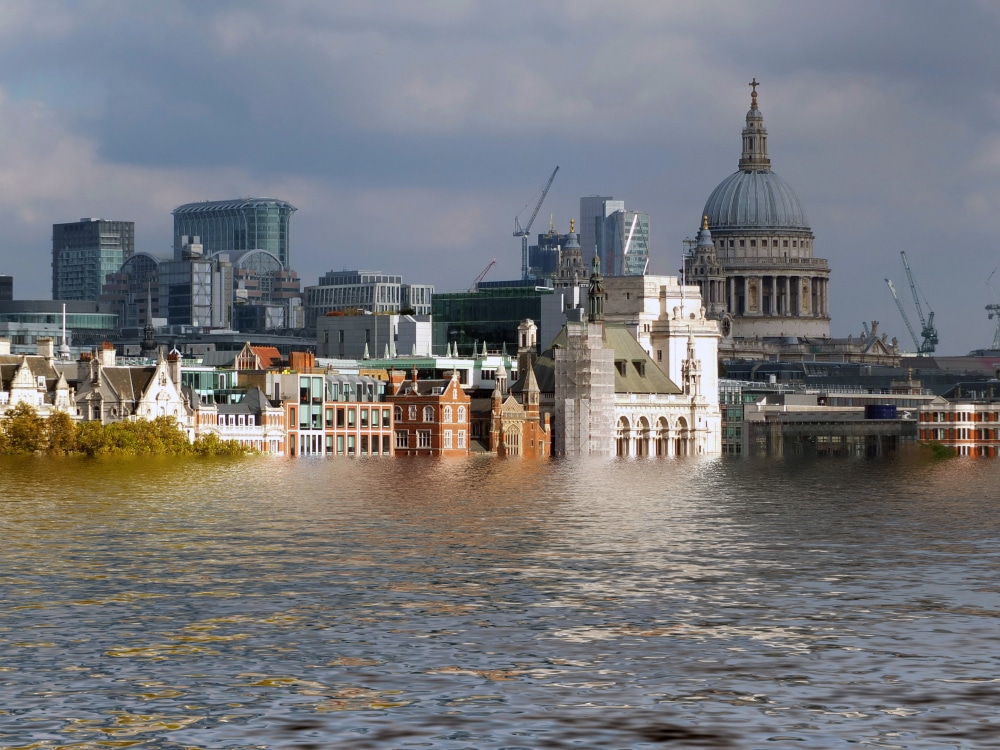Unless you’re sinking into quicksand, you might assume that the land beneath your feet is solid and unmoving. In actual fact, your part of the world may well be undergoing “subsidence,” which is where the ground collapses as sediments settle or when people over-extract groundwater.
New York City is sinking, too, due to the weight of all those buildings pushing on the ground.
In extreme cases, like in California’s agriculturally intensive San Joaquin Valley, elevations have plummeted not by inches, but by dozens of feet.
Last year, scientists reported that the US Atlantic Coast is dropping by several millimeters annually, with some areas, like Delaware, notching figures several times that rate.
So just as the seas are rising, the land along the eastern seaboard is sinking, greatly compounding the hazard for coastal communities.
With each millimeter of subsidence, it gets easier for storm surges—essentially a wall of seawater, which hurricanes are particularly good at pushing onshore—to creep farther inland, destroying more and more infrastructure.
“And it’s not just about sea levels,” says the study’s lead author, Leonard Ohenhen, an environmental security expert at Virginia Tech.
“You also have potential to disrupt the topography of the land, for example, so you have areas that can get full of flooding when it rains.”
A few millimeters of annual subsidence may not sound like much, but these forces are relentless: Unless coastal areas stop extracting groundwater, the land will keep sinking deeper and deeper.
The social forces are relentless, too, as more people around the world move to coastal cities, creating even more demand for groundwater. “There are processes that are sometimes even cyclic, for example in summers you pump a lot more water so land subsides rapidly in a short period of time,” says Manoochehr Shirzaei, an environmental security expert at Virginia Tech and coauthor of the paper. “That causes large areas to subside below a threshold that leads the water to flood a large area.”
When it comes to flooding, falling elevation of land is a tipping element that has been largely ignored by research so far, Shirzaei says.
In Jakarta, Indonesia, for example, the land is sinking nearly a foot a year because of collapsing aquifers. Accordingly, within the next three decades, 95 percent of North Jakarta could be underwater.
The city is planning a giant seawall to hold back the ocean, but it’ll be useless unless subsidence is stopped.
The same vulnerability affects other infrastructure that stretches across the landscape.
The new analysis finds that along the Atlantic Coast, between 77 and 99 percent of interstate highways and 76 and 99 percent of primary and secondary roads are exposed to subsidence.
The time to act is now, Shirzaei emphasizes.
Facing down subsidence is like treating a disease: You spend less money by diagnosing and treating the problem now, saving money later by avoiding disaster. “This kind of data and the study could be an essential component of the health care system for infrastructure management,” he says. “Like cancers—if you diagnose it early on, it can be curable. But if you are late, you invest a lot of money, and the outcome is uncertain.”









